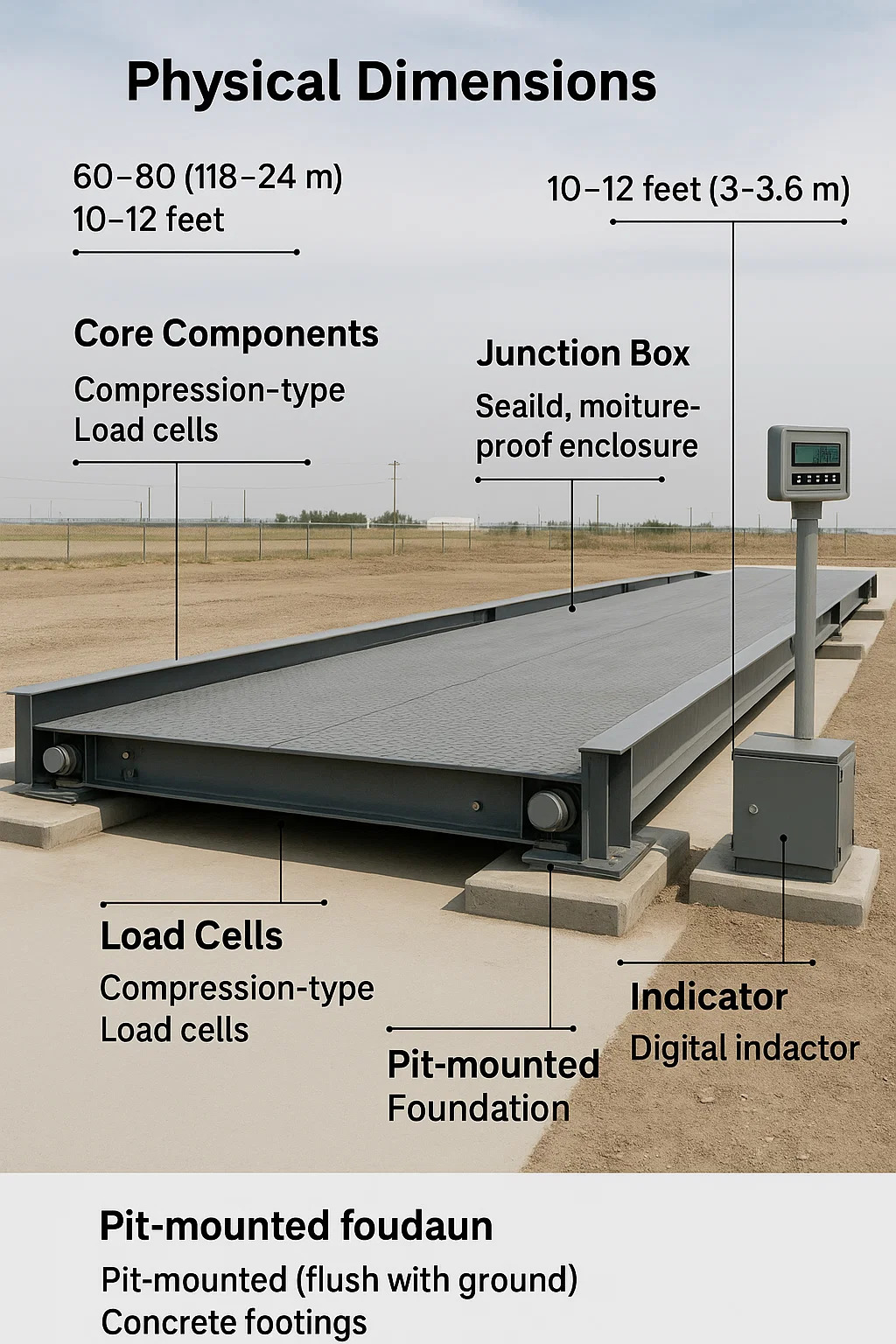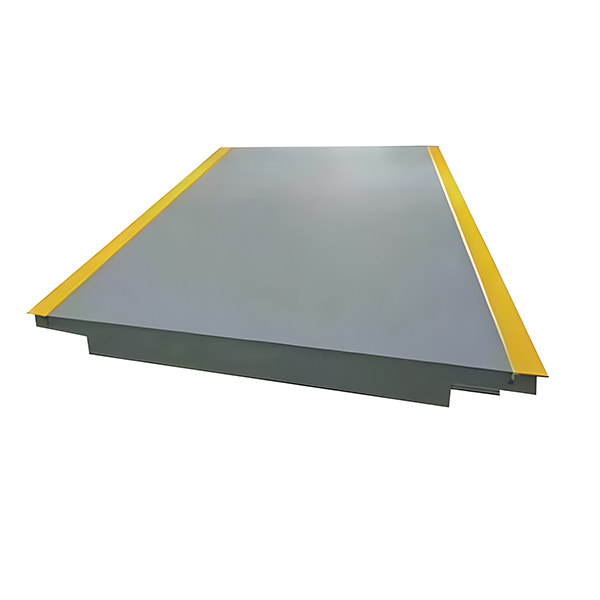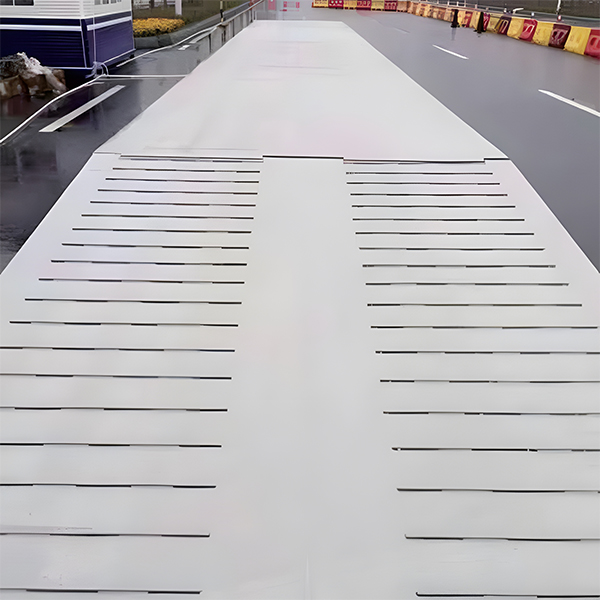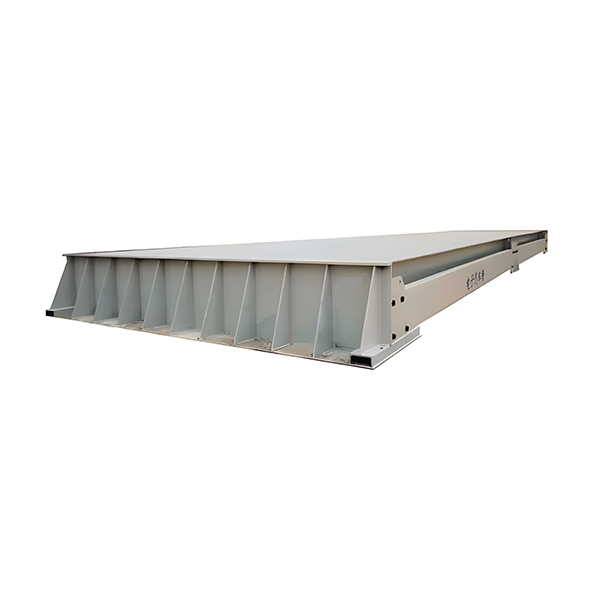Web Menu
Product Search
Exit Menu
What is the standard truck scale?
Here's a clear breakdown of what constitutes a "standard" truck scale in practical industry terms:
Content
1. Physical Dimensions
Typical Length: 60–80 feet (18–24 meters) – fits most semi-trucks with trailers.
Standard Width: 10–12 feet (3–3.6 meters) – accommodates standard trailer widths.
Module Design: Made of 3–4 steel or concrete sections bolted together.
2. Structural Specifications
Deck Material:
Steel: Welded I-beam construction with diamond-plate tread surface.
Concrete: Pre-stressed, steel-reinforced panels for heavy corrosion resistance.
Load Capacity: 80–120 tons gross weight (industry-standard range for freight compliance).
3. Core Components
Load Cells: 6–8 compression-type sensors (stainless steel, IP68-rated for weather resistance).
Foundation: Pit-mounted (flush with ground) or surface-mounted (ramped) on concrete footings.
Junction Box: Sealed, moisture-proof enclosure consolidating sensor signals.
Indicator: Digital display with basic functions (weight, tare, print).
4. Functional Requirements
Accuracy: ±0.1–0.2% of applied load (meets trade certification standards).
Calibration: Adjustable via test weights or simulated calibration for field tuning.
Environmental Resistance: Withstands -30°C to +60°C, rain, snow, and vibration.
5. Compliance & Certification
Legal-for-Trade: Approved by metrology agencies (e.g., NTEP in U.S., OIML in EU).
Safety Margins: 150% overload protection (e.g., 120-ton scale handles 180 tons without damage).
6. Common Applications
Freight Terminals: Verifying outbound/inbound loads.
Agriculture: Grain, livestock weighing.
Waste Management: Landfill tonnage tracking.

-
Add: Building 3, No. 355, Xiangshan East Road, Binhai Economic Development Zone, Cixi City, Ningbo, Zhejiang, China.
-
Tel: +86-18969402526
-
Phone: +86-0574-86817102
-
E-mail: [email protected]

 English
English 中文简体
中文简体





